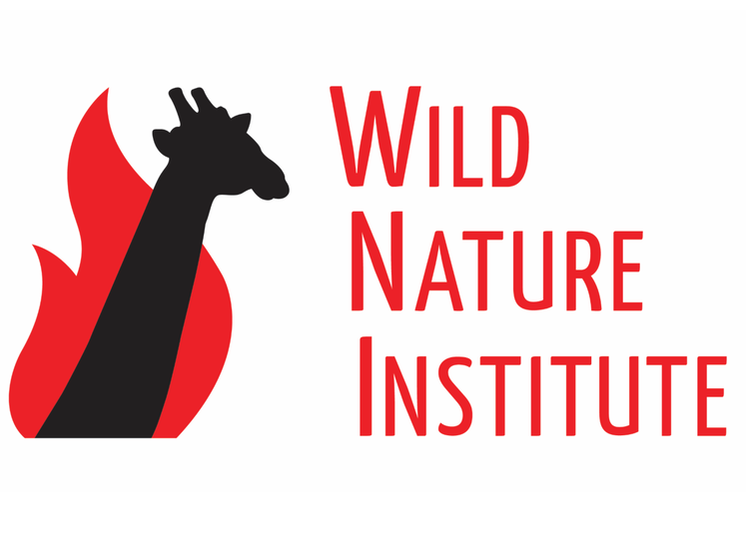|
Enjoy some photos of the spectacular Tarangire Ecosystem from our recent dry-season ungulate survey.
0 Comments
The distinctive hyena is one of the most interesting and important carnivores in the African savanna. While more closely related to the viverrids (mongooses and civets), hyenas are behaviorally more similar to canines in that they do not climb trees and they catch prey with their teeth rather than claws. Speaking of teeth, hyenas have exceptionally powerful jaws and teeth which, combined with a digestive system capable of dissolving bones and teeth within hours, allow them to utilize remains of large vertebrates more completely than any other carnivore. The high proportion of bones in the diet of spotted hyenas in particular may explain why females can nurse their young for more than a year: the desiccated corpses of wildebeests that died months earlier are eaten and provide protein, fat, calcium, phosphorus, and other minerals that sustain milk production. Hyenas cannot digest hair, however, so they solve the problem by disgorging hairballs (like owls) along with pieces of hooves, horns, and grass. There are only four species in the family Hyaenidae: striped, brown, and spotted hyenas and the aardwolf. Spotted hyenas hunt cooperatively and kill medium to large-sized ungulates, whereas brown and striped hyenas are solitary foragers that primarily scavenge for food and aardwolves specialize in feeding on termites. All but the brown hyena occur in our study area. Because hyenas and aardwolves are nocturnal we rarely see these magnificent creatures, but we often hear spotted hyenas whooping (calling to each other) at night. One interesting note is that spotted hyena females and males have equal concentrations of testosterone, which may have led to the presence of a male phallus in females.
Noted wildlife scientist Richard Estes wrote in his Behavior Guide to African Mammals that "the oryx is one of the most perfectly desert-adapted large mammals, capable of subsisting in waterless wastelands where few other ungulates can survive." The subspecies fringe-eared oryx is found only in southern Kenya and Tanzania, and is one of the ungulates we monitor in the Tarangire Ecosystem. These hardy animals mostly consume grass but also eat wild melons, cucumbers, roots, bulbs, and tubers which provide them with water in dry times. Fringe-eared oryx are not common in our study area (the subspecies is considered Vulnerable/Threatened by the IUCN), and we are always delighted when we spot a herd of these stunning antelopes with their impressive long horns. Please enjoy this short movie clip of a herd of fringe-eared oryx in Tarangire National Park. Dry season fires play an important role in African savanna. Much like in the conifer forests of the western United States, these fires do not destroy habitat or devastate the biological community. The University of California’s Museum of Paleontology website provides an excellent description of the effects of fires on savanna ecology: A fire is a feast for some animals, such as birds that come to sites of fires to eat grasshoppers, stick insects, beetles, mice, and lizards that are killed or driven out by the fire. Underground holes and crevices provide a safe refuge for small creatures. Larger animals are usually able to run fast enough to escape the fire. Although the dry stems and leaves of grasses are consumed by fire, the grasses' deep roots remain unharmed. These roots, with all their starch reserves, are ready to send up new growth when the soil becomes more moist. The scattered shrubs can also subsist on food reserves in their roots while they await the time to venture above the soil again. Unlike grasses and shrubs, trees survive a fire by retaining some moisture in all their above-ground parts throughout the dry season. Sometimes they have a corky bark or semisucculent trunk covered with smooth resinous bark, both being fire resistant. A fire leaves scorched earth covered with a fine layer of powdery black ash in its wake. During March, violent thunderstorms occur again, this time heralding the rainy season. When the rains come, savanna bunch grasses grow vigorously. Some of the larger grasses grow an inch or more in 24 hours. The savannas experience a surge of new life at this time. For example, many antelope calves are born. With so much grass to feed on, mothers have plenty of milk. Many of the fires that occur during the dry season are purposely set by people in order to clear out shrubs and rejuvenate the grasses for cattle. The wildlife also benefit from this use of fire. The photos above and below show an area soon after fires burned in the the Lolkisale Game Controlled Area next to Tarangire National Park. The new growth of the grasses is highly palatable and nutritious, and we often see zebras foraging on this fresh grass. It is not uncommon for us to see giraffes in these burned areas, too. Fire in any ecosystem where it naturally occurs is truly a miraculous agent of ecological change.
|
Science News and Updates From the Field from Wild Nature Institute.
All Photos on This Blog are Available as Frame-worthy Prints to Thank Our Generous Donors.
Email Us for Details of this Offer. Archives
July 2024
|
|
Mailing Address:
Wild Nature Institute PO Box 44 Weaverville, NC 28787 Phone: +1 415 763 0348 Email: [email protected] |
|

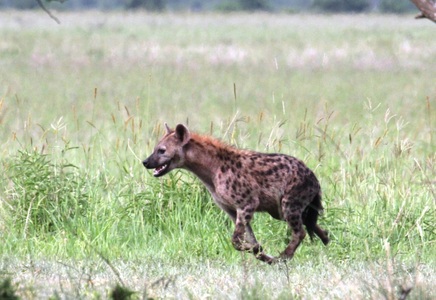
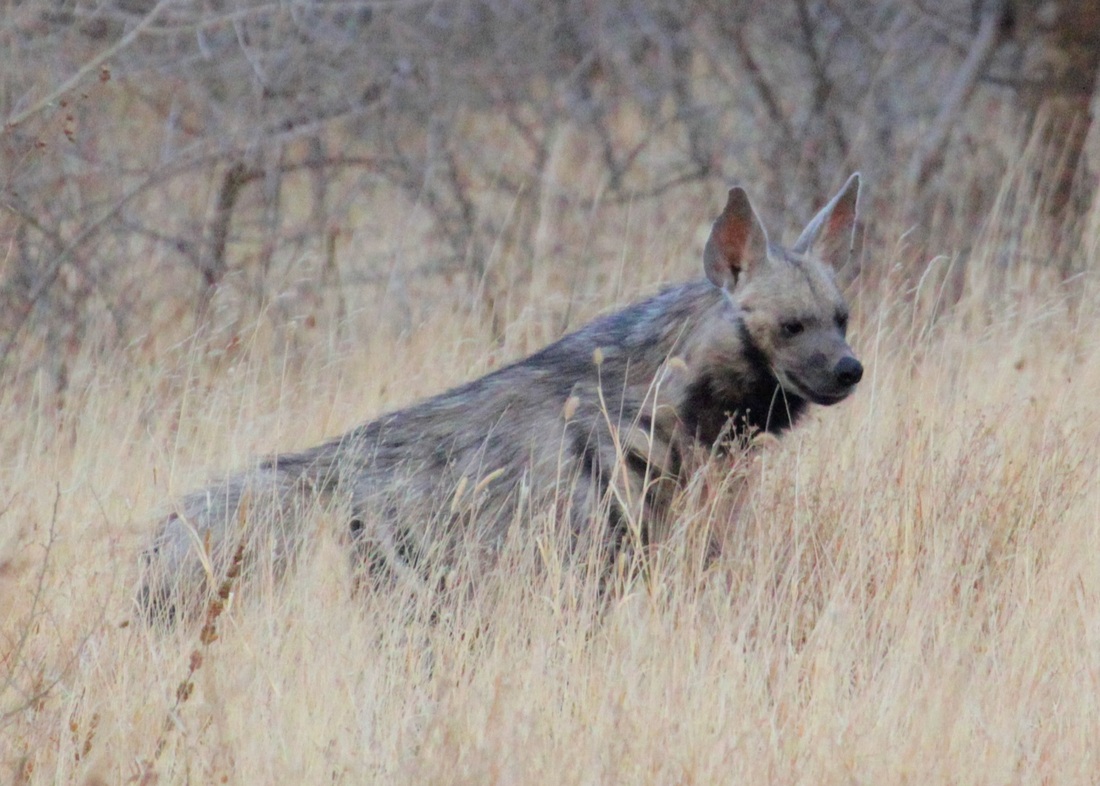
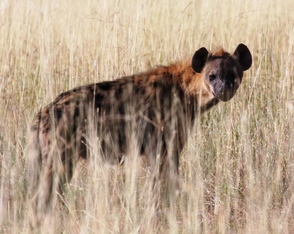
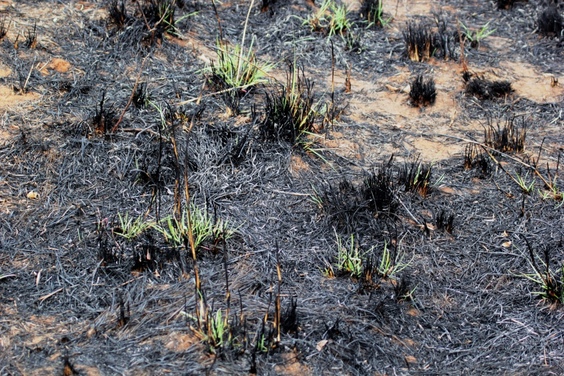
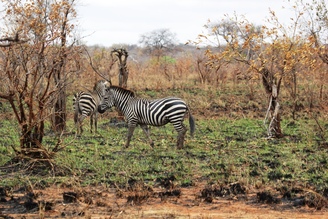
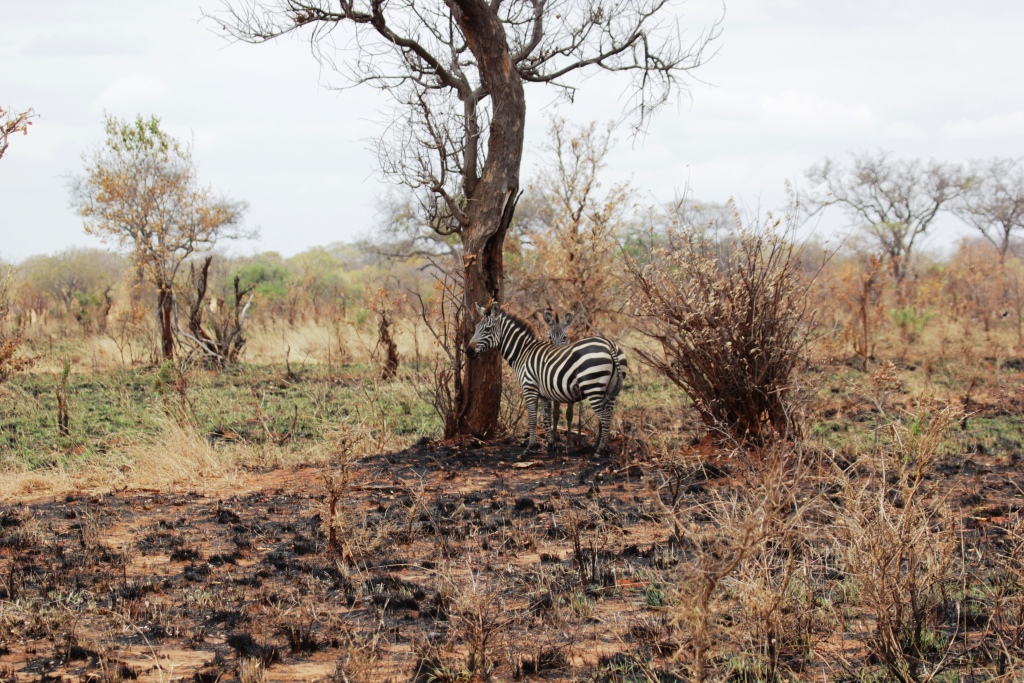
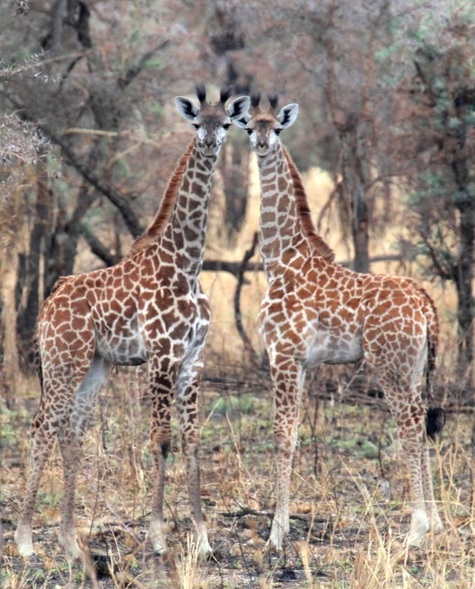
 RSS Feed
RSS Feed
